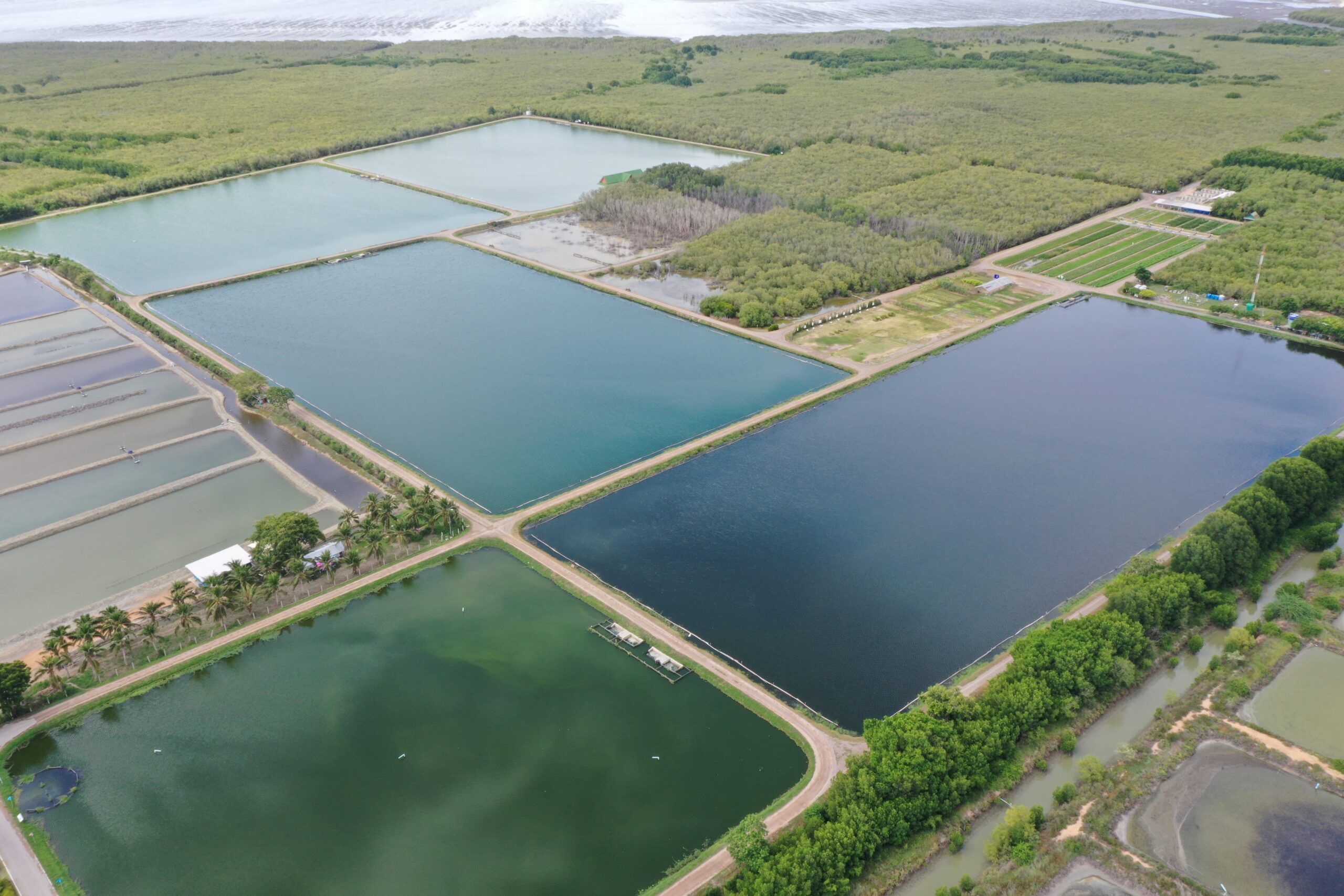
Description
The King’s Royally-Initiated Laem Phak Bia Environmental Research and Development Project (LERD Project) treatment ponds are composed of one sedimentation pond, three oxidations
and one stabilization pond. The treatment ponds use the concepts of organic matter that is dissolved by the oxygen-degrading organic process of microorganisms living in wastewater. These organic matter in wastewater is then converted into inorganic or nutrient as small green algae absorbs the nutrients, thus releasing more oxygen through the process of photosynthesis. The oxygen addition process is achieved by the natural-based mechanism of atmospheric winds that infiltrate oxygen in surface into the wastewater within the pond. Due to the difference in temperature above and below the pond, the oxygen from the surface to the bottom of the pond. As a result, the ponds are able to supply dissolved oxygen to the aerobic microorganisms. The amount of small green algae in the wastewater ponds is controlled by having herbivorous fishes, such as Nile tilapia and Labeo rohita. The ratio of fish numbers to water surface (sqm) is 4:1. The full-grown fishes are removed from the ponds every six months.


